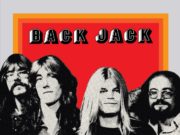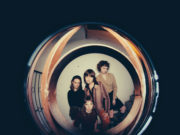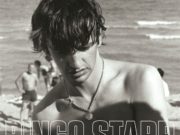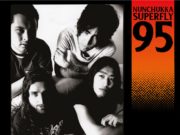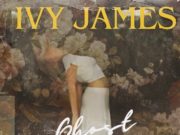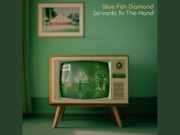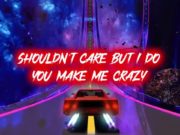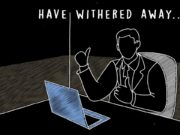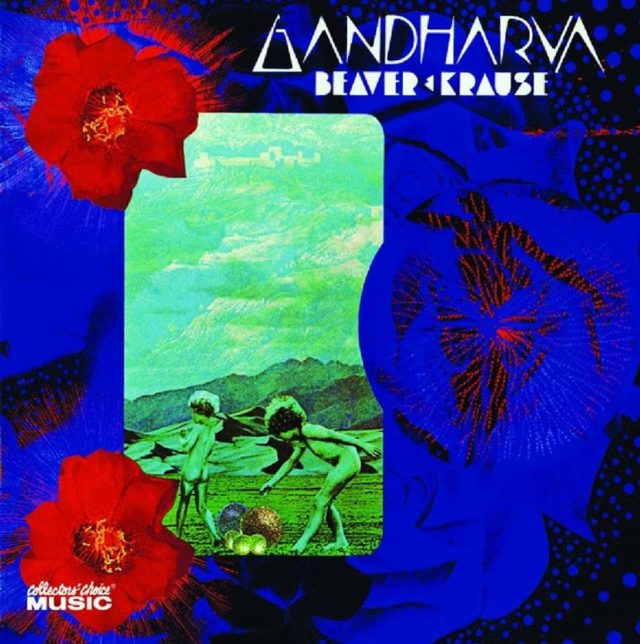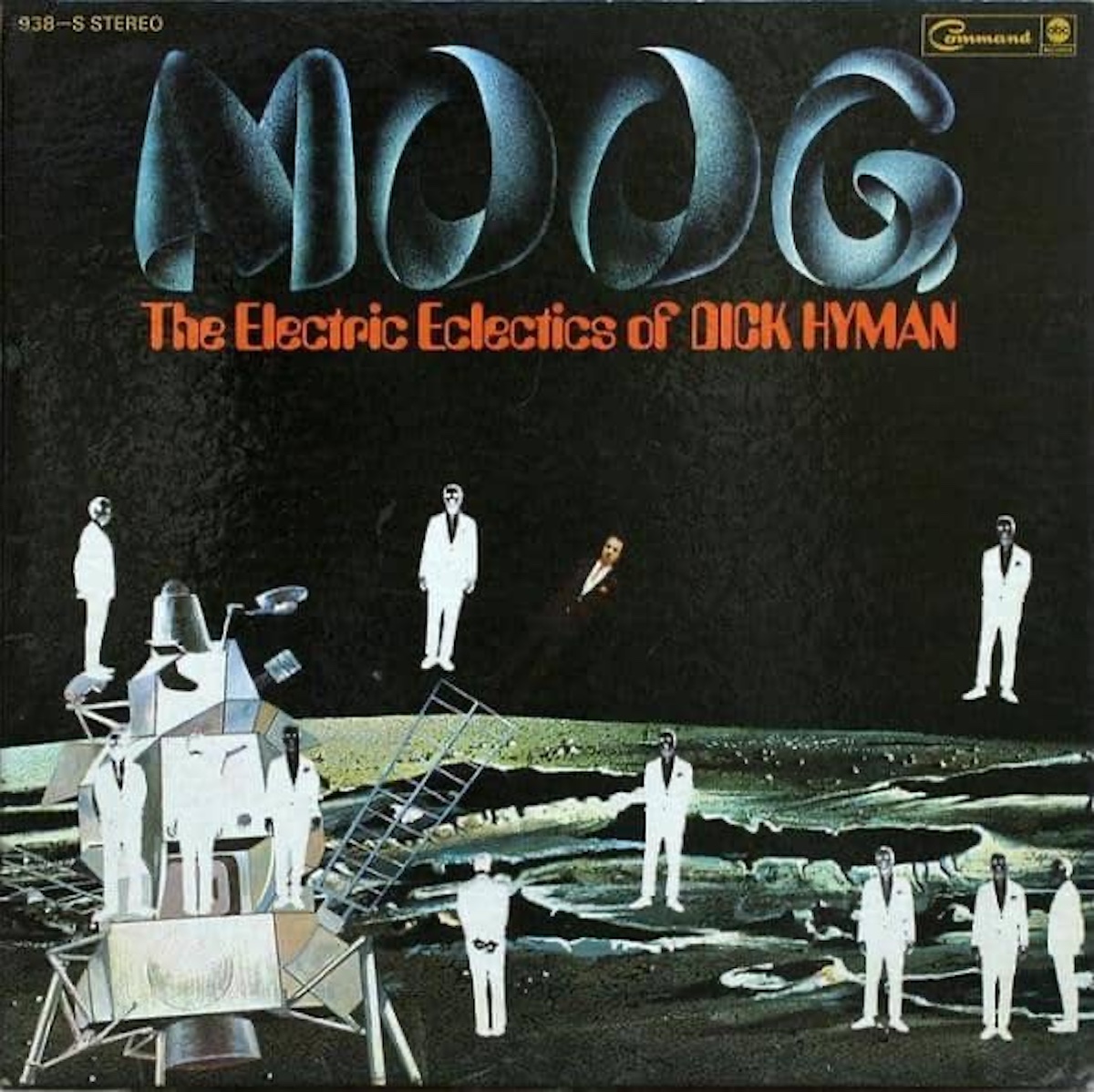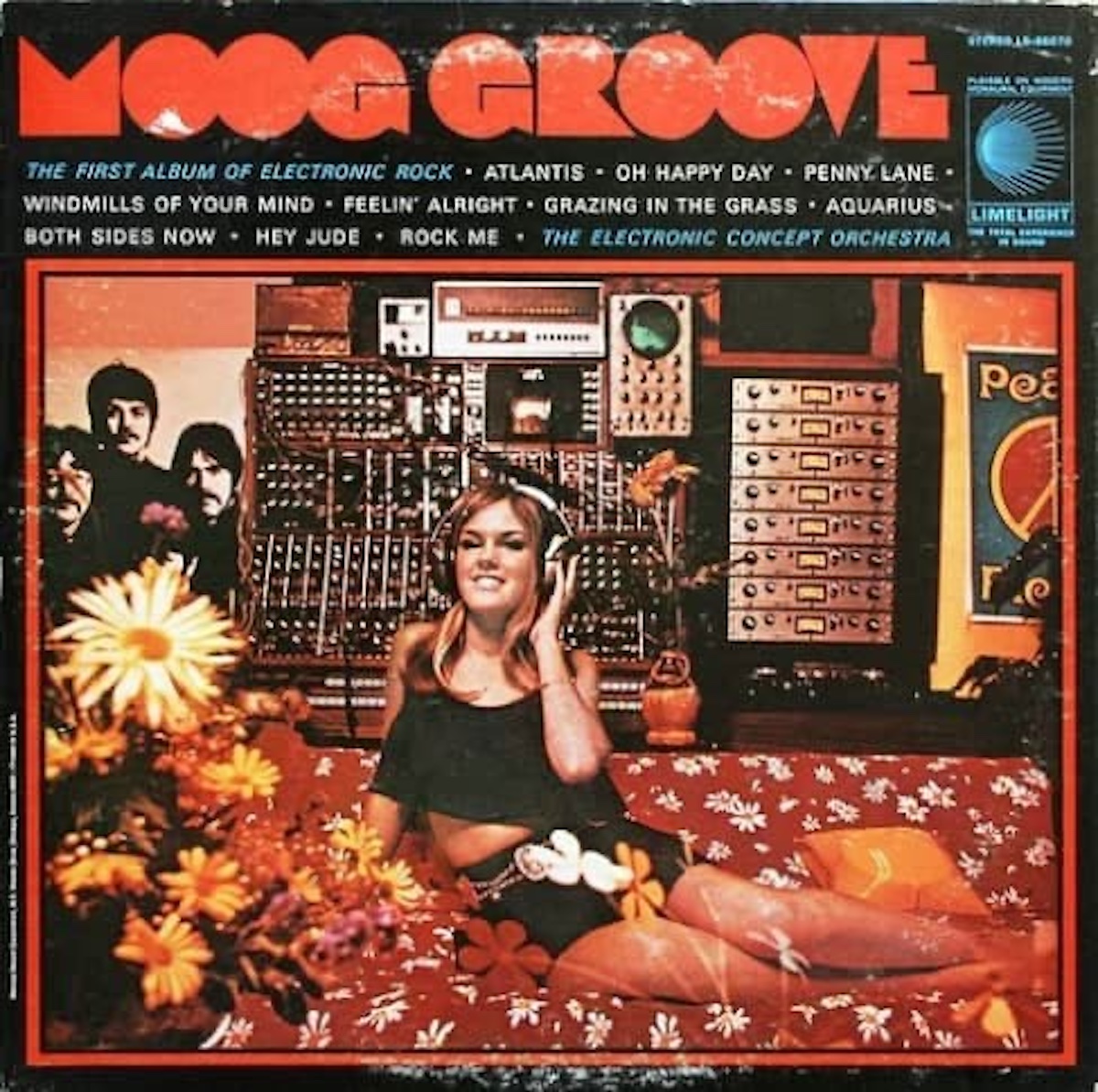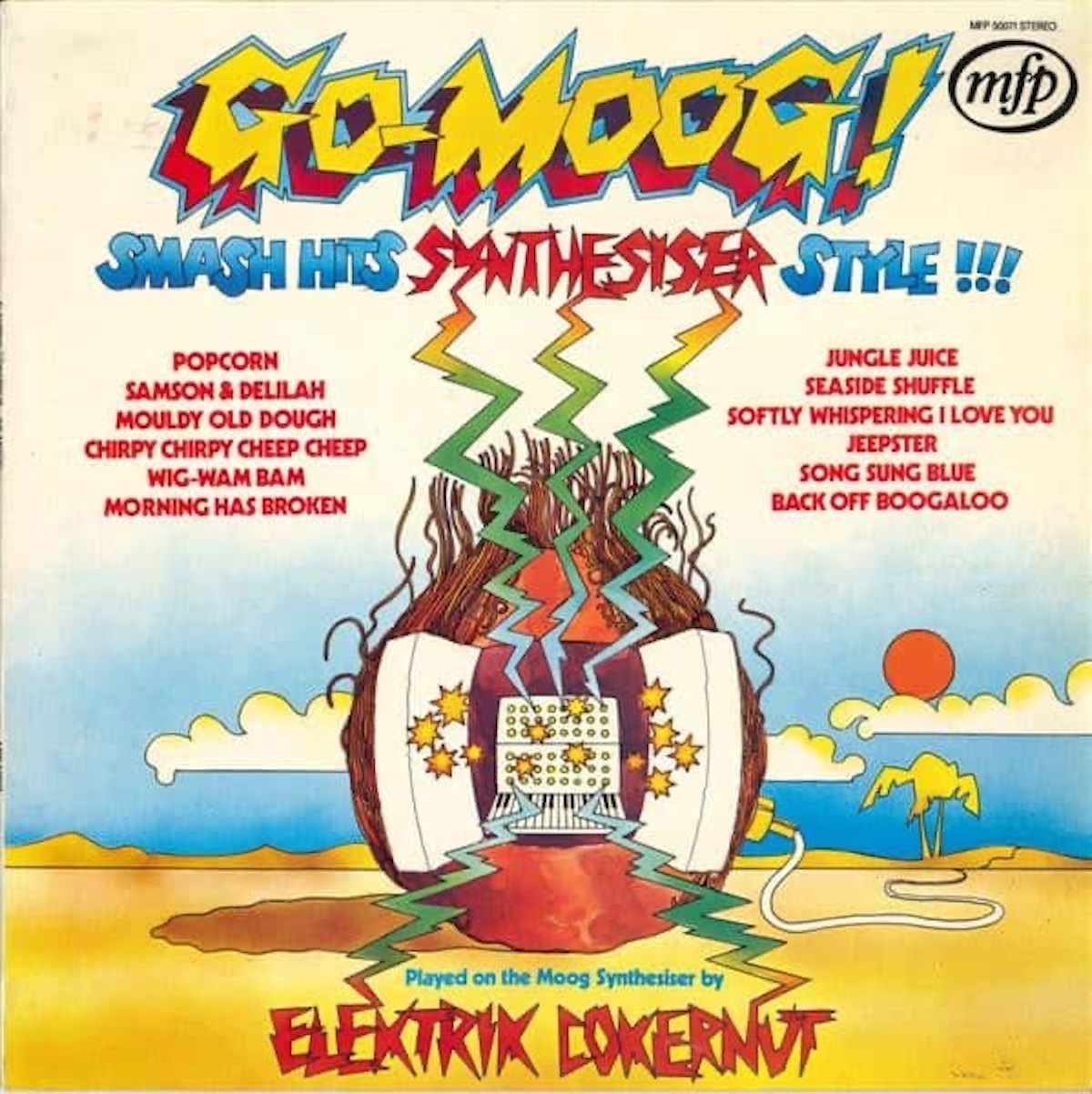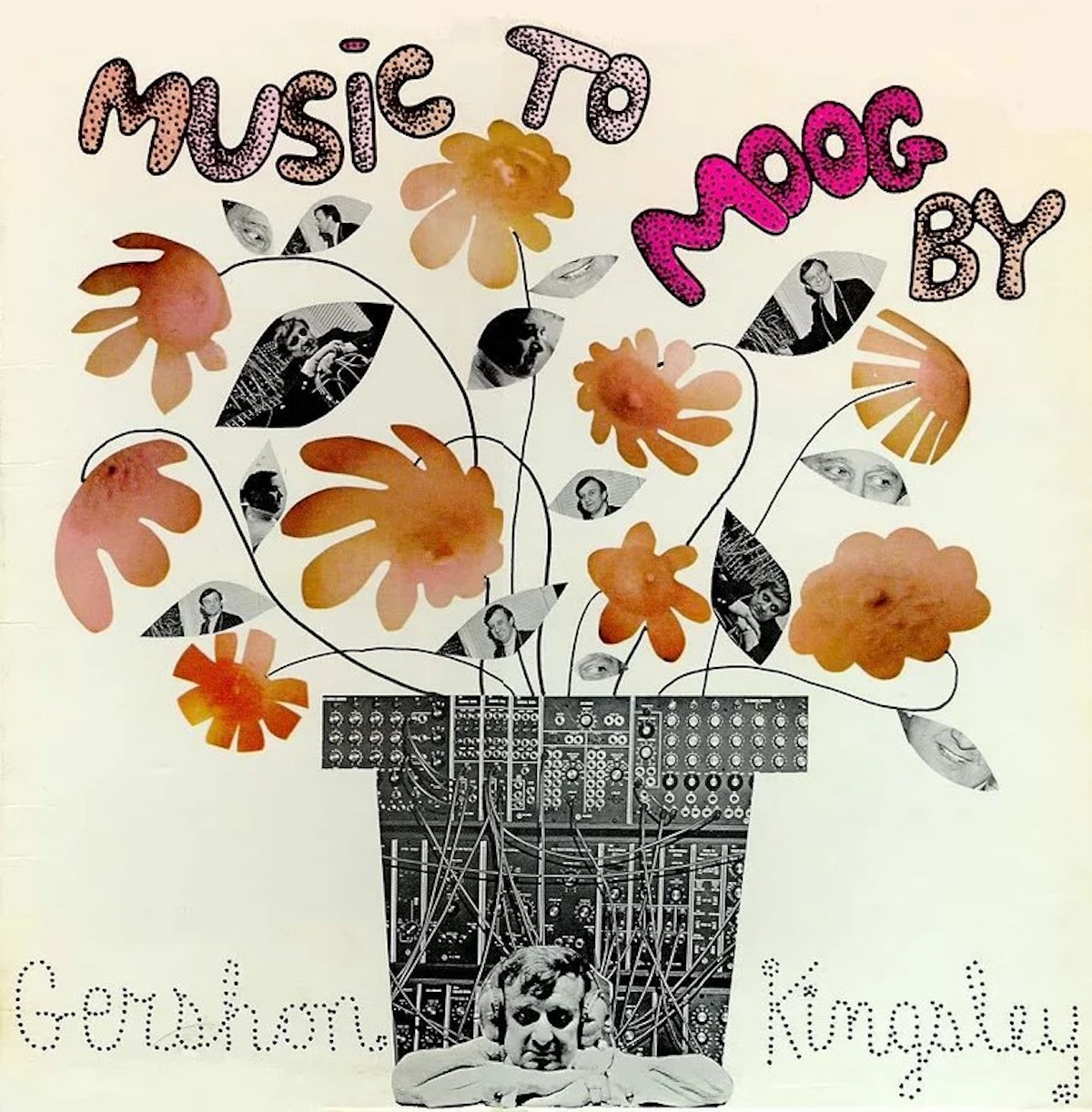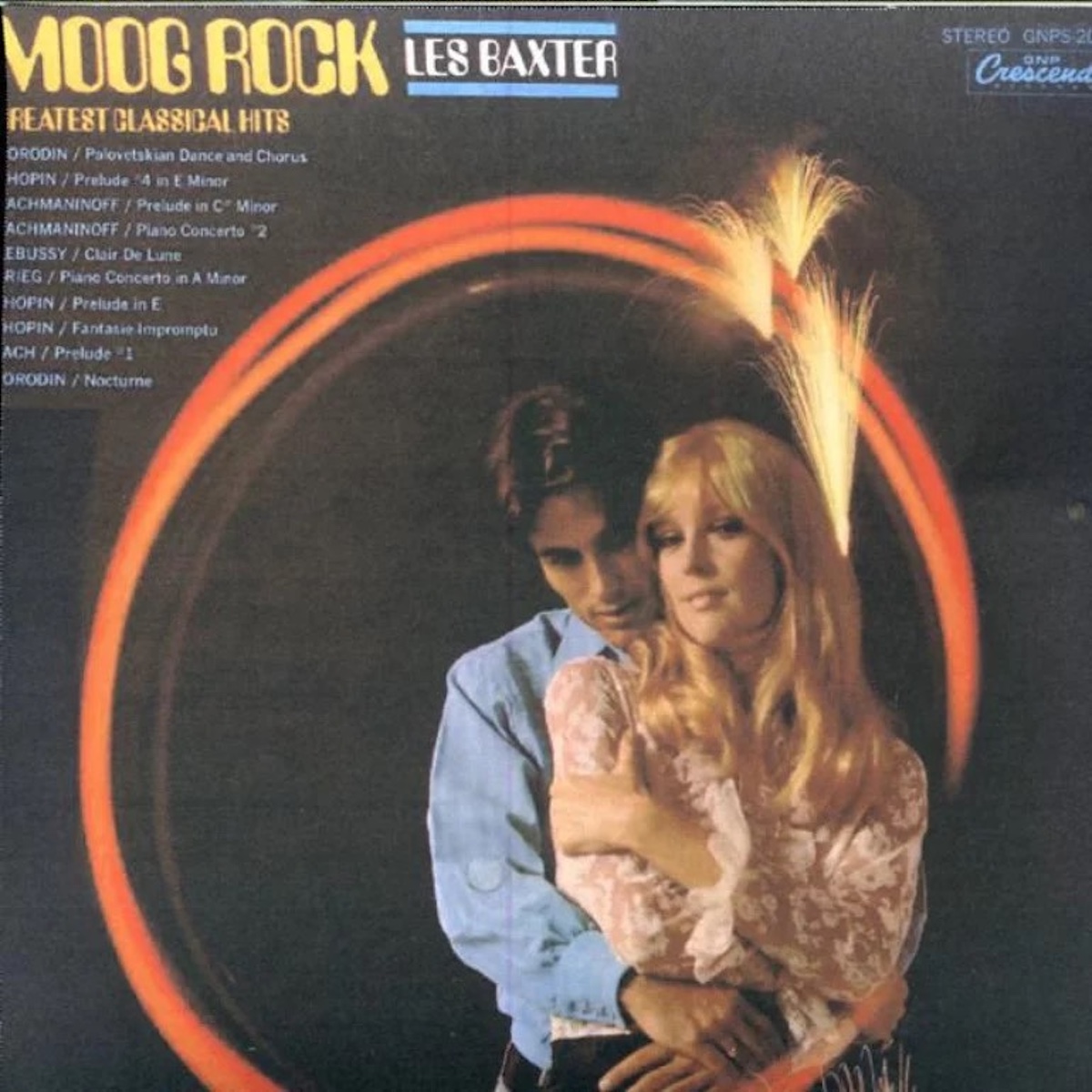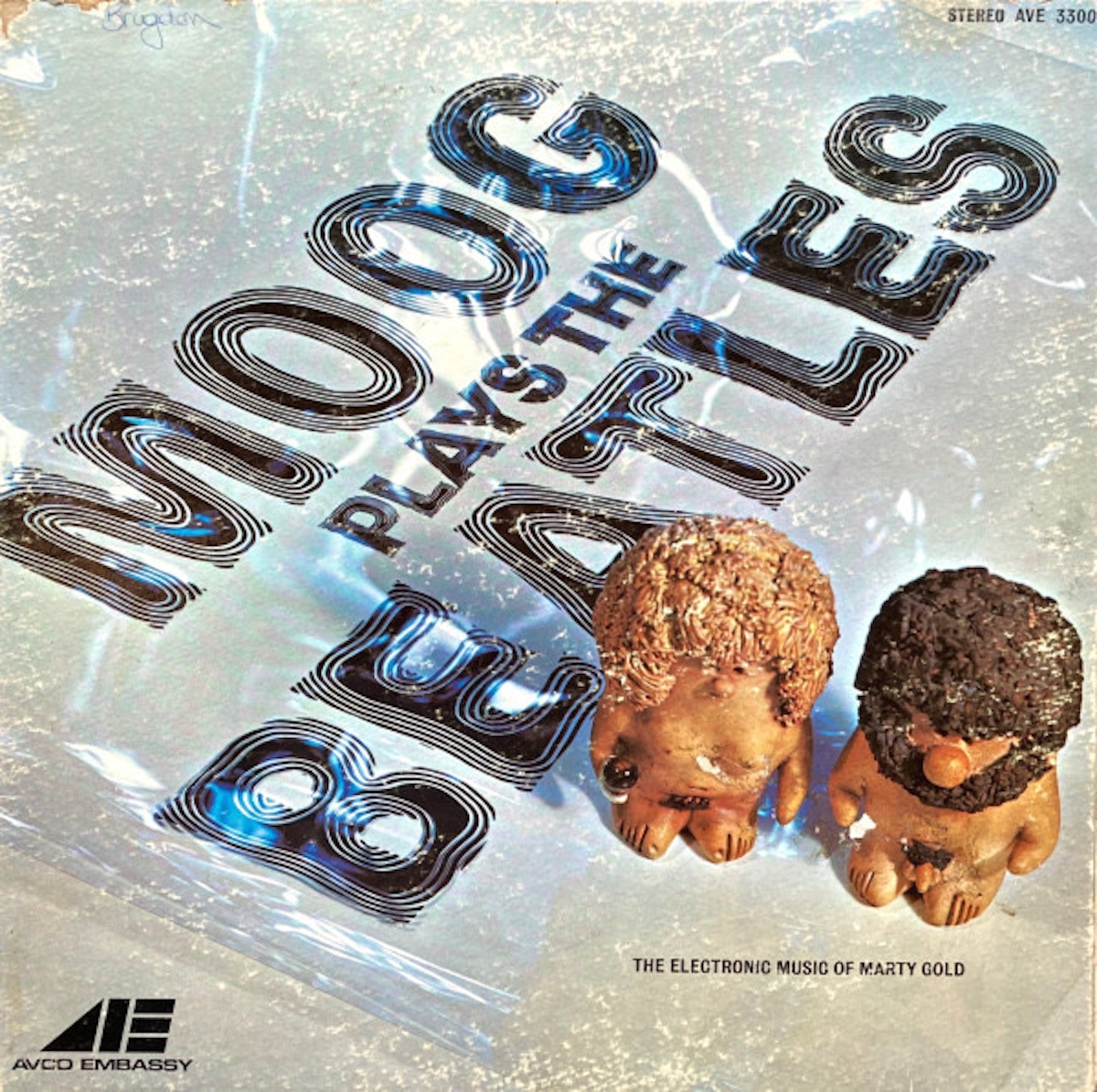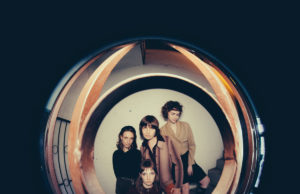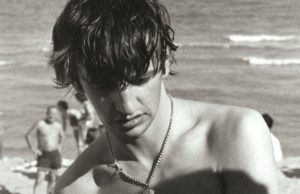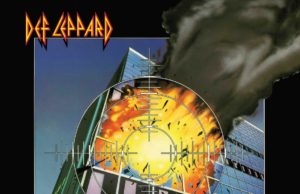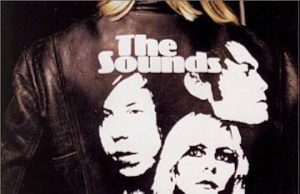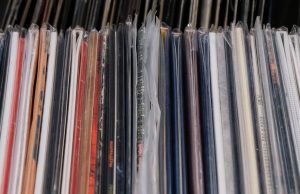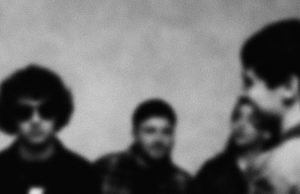 It just looked kinda cool for a $3 album. Psychedelic. Unfamiliar. A 10-second check of Spotify suggested it might be worth the money — so I brought it home. (Incidentally, I don’t like to thoroughly check out unfamiliar albums before I buy them. Takes the fun out of it. But I do make sure it’s not a total pile of dogshit.)
It just looked kinda cool for a $3 album. Psychedelic. Unfamiliar. A 10-second check of Spotify suggested it might be worth the money — so I brought it home. (Incidentally, I don’t like to thoroughly check out unfamiliar albums before I buy them. Takes the fun out of it. But I do make sure it’s not a total pile of dogshit.)
This album is great, unique and unusual — and an even better story. Paul Beaver and Bernie Krause seem to have had the coolest job ever back in 1967 — they were the primary sales staff for Robert Moog, who had just developed the first commercial synthesizer a few years earlier.
The pair actually had a booth at the Monterey Pop Festival in June ’67, giving demos of one of the very first Moogs to music’s coolest A-listers. Beaver & Krause, who met as session musicians, bought the synthesizer with their own money and wound up as Moog’s west coast sales reps. They sold one to Mickey Dolenz of The Monkees, who was introduced to the instrument at Monterey. Beaver & Krause also introduced the instrument to The Doors, The Byrds and Simon & Garfunkel.
Many people consider the bit of Moog you hear 15 seconds into the title track of The Doors’ Strange Days (1967) as the first instance of a modular synthesizer in a pop song. The Moog in Strange Days was set up by Beaver to provide a cool effect on Jim Morrison’s voice. Morrison triggered the effect himself in-studio.
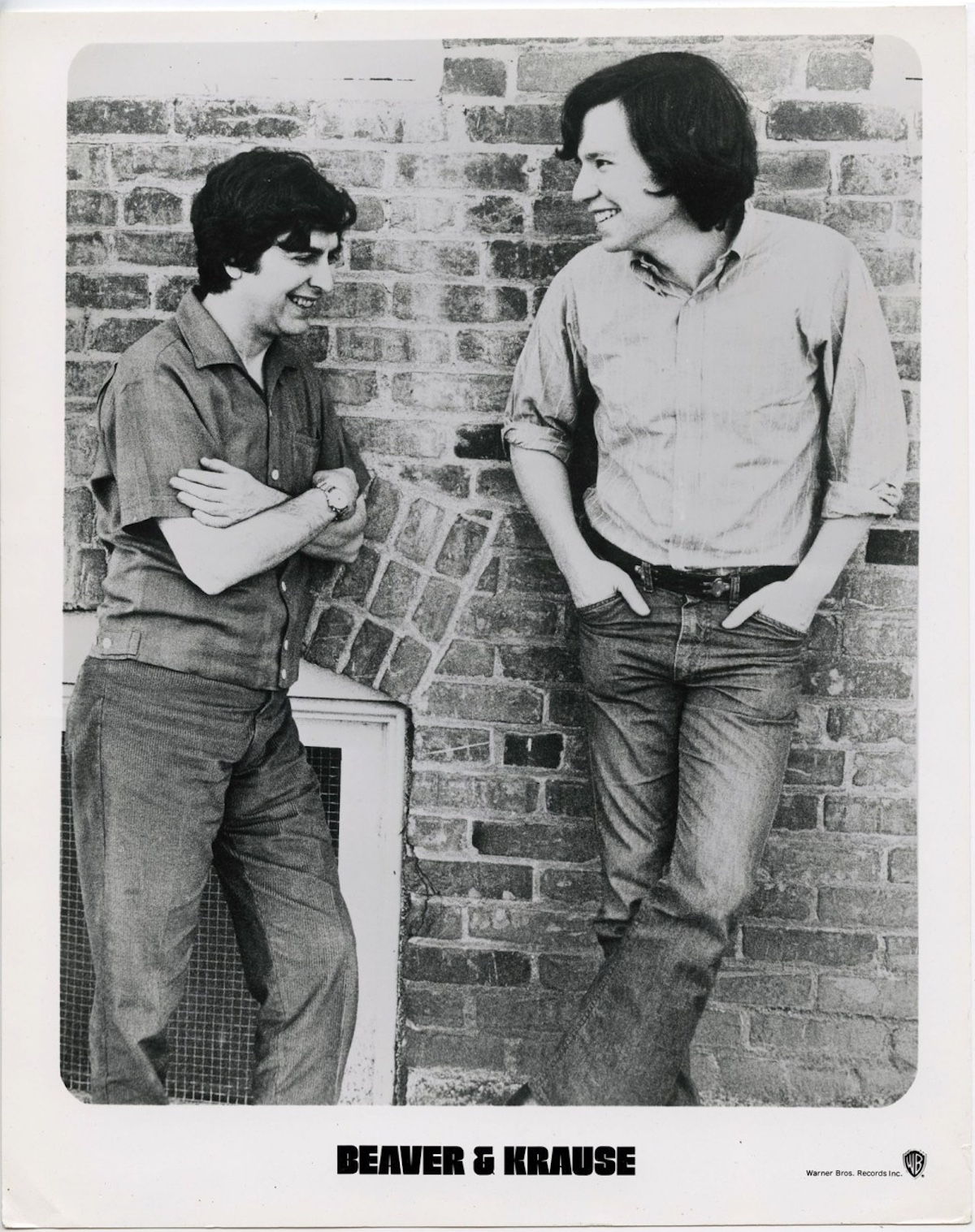
Another famous sale was one by Krause to both Beatles producer George Martin and guitarist George Harrison. Each of them got a shiny new Moog IIIp modular synth — a portable version of the IIIc. Moog re-introduced these a little more than five years ago with a $35K price tag. That’s still about half what Harrison and Martin paid for theirs back in 1968, at least when you account for inflation. Martin’s was played by Harrison on Abbey Road while Harrison’s was used to make his unlistenable solo album Electronic Sound in 1968.
In fact, Krause claims Side 2 of that album is an edit of the instrument demonstration he gave Harrison when the Beatle was in L.A. recording Jackie Lomax’s debut album. Krause says Harrison recorded the demonstration without his knowledge, and then used it on the album. The track, called No Time Or Space, does give credit to “the assistance of Bernie Krause” and Harrison originally had Krause’s name along with his own on the album cover. Bernie asked that it be removed. He was miffed that his informal demonstration was used — partially because it contained bits of music he intended to be on his and Beaver’s sophomore album, In A Wild Sanctuary (1970) and possibly the album we’re reviewing today Gandharva (1971).
Beaver & Krause refer to this album as music for a non-existent film, which is kind of a familiar idea if you’re a fan of Jack Bruce, Mountain or DC3’s recordings of Theme From An Imaginary Western, or Brian Eno’s Music For Films. The record really does sound like a soundtrack, actually. It has varying styles — one blues jam, some instrumental segues, a rousing gospel number for some reason, a beautiful a cappella track and then a bunch of pared-down, slightly jazzy pseudo-classical music. Truth be told, I find it creative and well-played — but boring as hell. And kinda lame.
For starters, there’s not enough goddamned Moog on it! How the hell is that even possible? I was expecting the Stranger Things soundtrack, and I got a less-pretentious Mike Oldfield.
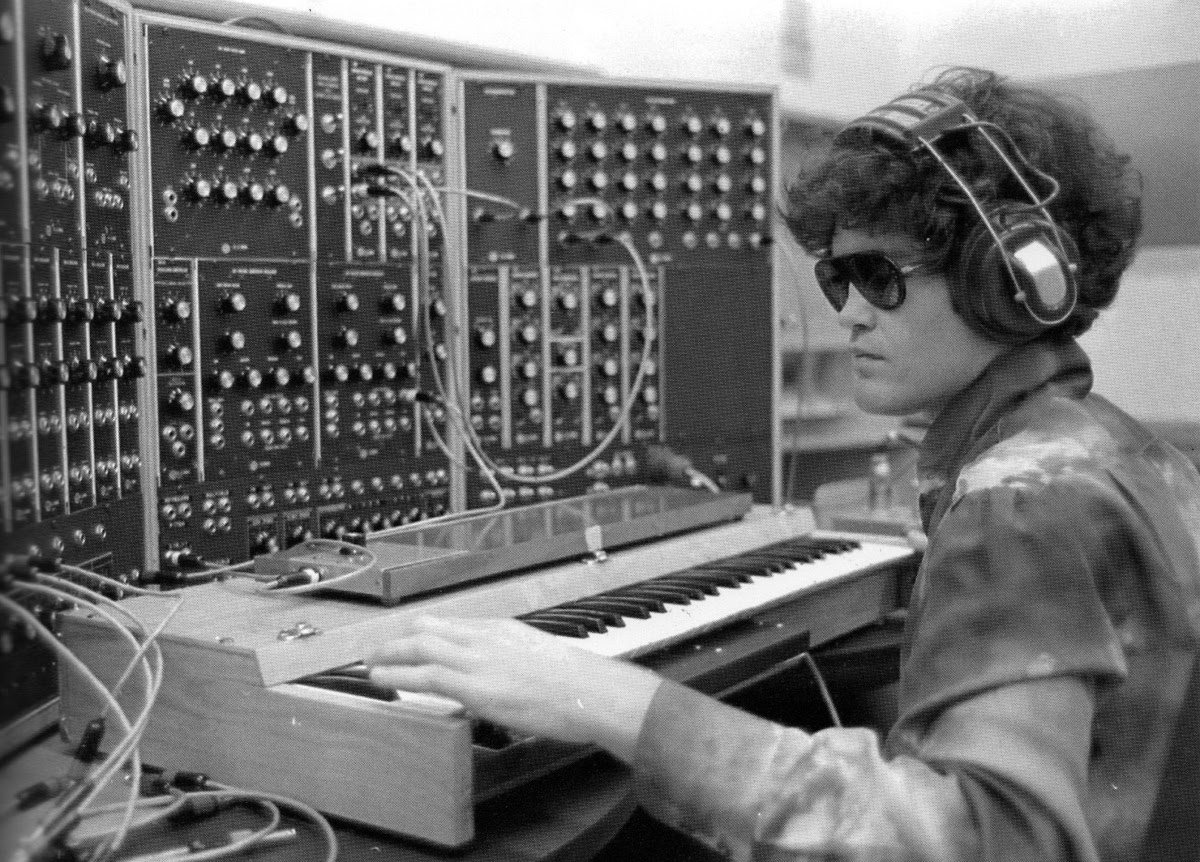
This the third album of the four the duo recorded, ending with 1972’s And All Good Men. They never made a fourth album because Beaver died prematurely in 1975 at age 49 of a cerebral hemorrhage. It sounds like he was a difficult person to slap a label on — a bisexual advocate of the sexual revolution, a Scientologist, and a right-wing Republican who never married.
There are two things which make Gandharva a bit unique from the pair’s other records — for starters, much of the second side was recorded at the iconic, massive Grace Cathedral in San Francisco. You might remember it from Alfred Hitchock’s Family Plot or Steve McQueen’s Bullitt. Others have recorded there as well, including Duke Ellington, Art Garfunkel and Vince Guaraldi. Beaver & Krause intended the album to be released in quadraphonic format — making it the first live quad album.
The other thing that struck me as unique about the album are the guest musicians. Mike Bloomfield is on it, which kind of makes sense. But so is Ronnie Montrose, who was just 22 at the time and still three years away from recording his self-named band’s landmark debut album with Sammy Hagar. For me, Ronnie’s rock immortality comes from being the guitarist on Edgar Winter’s 1972 album They Only Come Out At Night — namely the key tracks Free Ride and Frankenstein. On Gandharva, Montrose contributes co-lead guitar with Bloomfield to Saga Of The Blue Beaver, the aforementioned blues jam. American sax player Bud Shank is on the album. I have a very great album he made in 1968 called Magical Mystery, where he covers Beatles songs in a groovy fusion way (with Chet Baker!). The coolest thing about that record is that it opens with Blue Jay Way.
You might not know her name, but you know her voice — Clydie “Brown Sugar” King is also on the album. She sings the gospel track, Walkin’ By The River. King has performed backing vocals for so many A-listers including on Elton John’s Caribou, several Bob Dylan albums, three Steely Dan albums, The Rolling Stones’ Exile On Main Street, and perhaps most notably on Sweet Home Alabama by Lyrnyrd Skynyrd.

The other star guest musician on Gandharva is sax player Gerry Mulligan — one of the best baritone players ever. Like Shank, he also worked with Chet Baker, but actually performed on and arranged Miles Davis’ Birth Of The Cool and performed with Billie Holiday, Quincy Jones and even Barry Manilow. Mulligan is featured prominently on the live material recorded at Grace Cathedral, particularly on By Your Grace, which he wrote.
As I said, this is quite a varied and curious record.
The track Nine Moons In Alaska is one of few which is almost entirely Moog. Apparently it was inspired by an earlier piece the pair recorded for the soundtrack of Performance, starring Mick Jagger. These dudes, and the Moog modular synth, were born to do soundtracks. Beaver & Krause have provided music for some very well-known films, including The Graduate, Cool Hand Luke, Rosemary’s Baby, Catch-22 and Love Story.
In the end, this record is more of a curiosity than anything else. A conversation piece.
3/5
The Best Of Moog
Robert Moog’s invention, bolstered by Beaver & Krause’s sales and performance prowess, rocketed the modular synthesizer into popular culture — not just with the A-listers, but also into the impulse-buy bins and as-seen-on-TV catalogs. After Wendy Carlos won a Grammy for her Switched-On Bach album, soon Moog albums were everywhere… for everyone.
Ten Classic Moogsploitation Albums
Moog Plays The Beatles | Marty Gold (1969)
Music To Moog By | Gershon Kingsley (1969)
Moog Rock: Great Classic Hits | Les Baxter (1968)
Big Band Moog | Keith Drost (1970)
Mother Earth’s Plantasia | Mort Garson (1976)
Switched-On Bach | Wendy Carlos (1968)
Moog Groove | Electronic Concept Orchestra (1969)
Moog: The Electric Eclectics of Dick Hyman | Dick Hyman (1969)
Go Moog! Smash Hits Synthesizer Style | Elektrik Cokernut (1973)
Switched-On Nashville | Gil Trythall (1970)
• • •
Area Resident is an Ottawa-based journalist, recording artist, music collector and re-seller. Hear (and buy) his music on Bandcamp, email him HERE, follow him on Instagram and check him out on Discogs.


